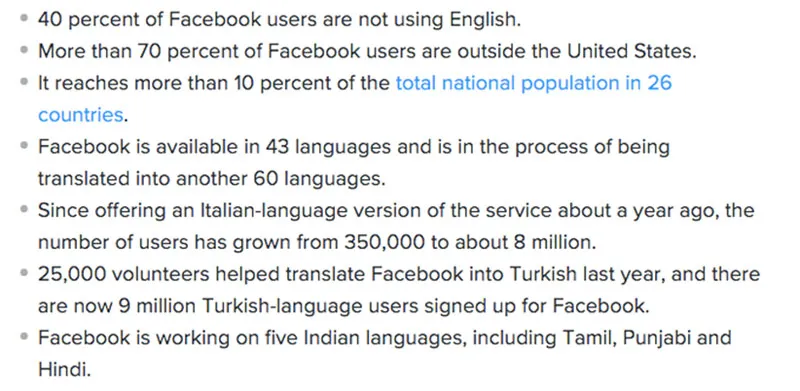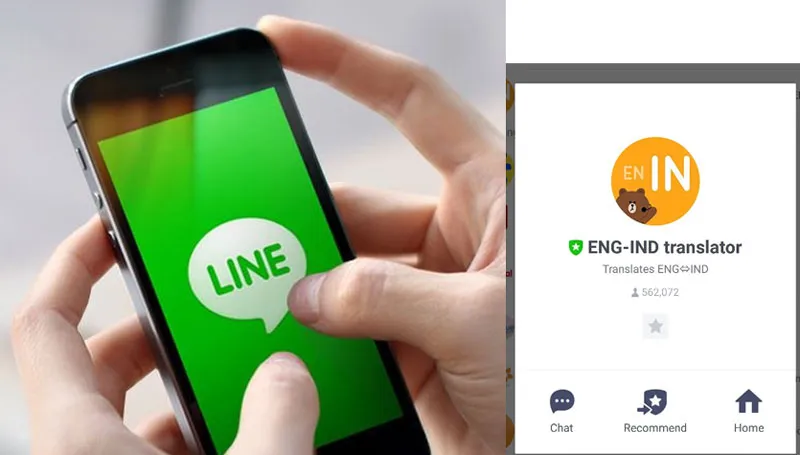The most underrated growth strategy: local languages
A number of Internet and mobile startups are jostling for mind space amongst existing users and trying to get them on board in various ways. While statups are struggling to get users to adopt their product/service, what if I told you there are millions of people waiting to use your products, but that pool has not been tapped into or considered yet?
There are 200 million smartphone users in India. According to the BBC, a tenth of India’s population speaks English, which translates to around 120 million English speakers in the country. A blatant majority of the next 300 million users coming onto the mobile Internet platform would prefer to consume content in local languages.
Out of the eight to 10 million Indians who access the Internet for the first time, every month a sizeable chunk would like to read in a language other than English. The number of users from rural India alone is estimated to touch 280 million by 2018, which is almost the total population of the United States. It is also estimated that 90 percent of Internet access in rural areas will be through a mobile phone.
Given the above scenario, Indian languages account for only 0.1 percent of Internet content. Therein lies the huge opportunity.
To reach scale in India, incorporate multiple languages.
Let’s focus on examples beyond the obvious – Google, which has obviously done a great job in focussing efforts on local languages. Facebook grew rapidly from 500 million users to over a billion quite quickly. Facebook’s growth team figured out very early that a lot of their potential users did not speak English and this meant that they weren’t too welcome on the platform.
Facebook’s growth team figured out a strategy where they used the help of existing users to translate Facebook into their own languages. With minimal spend, Facebook managed to get millions of subscribers onto the platform. I think this was one of the greatest growth hacks by the company.
Facebook was also one of the first companies to aggressively translate into multiple Indian languages. Facebook is available in over 10 local Indian languages.

- YourStory
India’s top entrepreneurship online media company Yourstory.com recently started publishing content in multiple languages.

- Snapdeal
Snapdeal, one of India’s top e-commerce portals, opened its platform in multiple languages. The site supports 12 languages and aims to add more. According to the company, it developed a tool where the team worked around English as the base language and then used translation, transliteration and grammar to maintain the nuances of the languages.


- HDFC
One of India’s top private banks HDFC has made its stock trading application multilingual to tap into a greater user base. When a user is thinking in a local language, enabling an action in the same language will help shave a few seconds off the decision making process. With this in mind, HDFC enhanced its trading app to support 11 local languages.

- LINE
This messaging app incorporated a real-time translator in the app, wherein if the user types in English the receiver can read in Hindi. Which mean that while a person types, “How are you?” The other reads, "कैसे हो.” The feature helps users converse across languages.

It is still early days for innovation on mobile for local language support. Internet startups have started exploring multiple areas for growth – education, news, e-commerce, translation, etc. In India the possibilities that local languages will open are immense:
- With the economy growing at a great pace, more people will have access to mobile phones and Internet connectivity
- A huge portion of the population will engage and more importantly purchase through mobile applications
- Users will jump onto applications if available in their local language.
- For early-stage mobile companies and existing players, this is the right time to capture the market in these unpenetrated areas
This gives an opportunity to mobile developers to enhance their strategies to engage a large population of hitherto untapped users.
(Disclaimer: The views and opinions expressed in this article are those of the author and do not necessarily reflect the views of YourStory.)







